Nobody is above the law. Everyone has the right to justice.
You have the right to survive an interaction with police. You have the right to be free from discrimination, and to equal protection under the law. You have the right to be safe. Police do not have the right to kill with impunity.
We need to work together to radically reform the way policing is done in the United States.
ACT NOW: JUSTICE FOR GEORGE FLOYD
George Floyd’s wrists were handcuffed behind his back as a Minneapolis police officer kneeled directly on his neck, refusing to move for more than seven minutes. George Floyd should be alive today. The officers involved must be held accountable.
Police must stop killing Black people. Never again should we have to hear “I can’t breathe” — but there is currently no federal standard for when police can use deadly force.
Demand systemic reform and justice for George Floyd.
Stop killing Black people. Stop attacking peaceful protesters. Stop enabling racism and white supremacy. Stop arresting journalists. Stop allowing police violence. Just stop.— Amnesty International USA (@amnestyusa) June 3, 2020
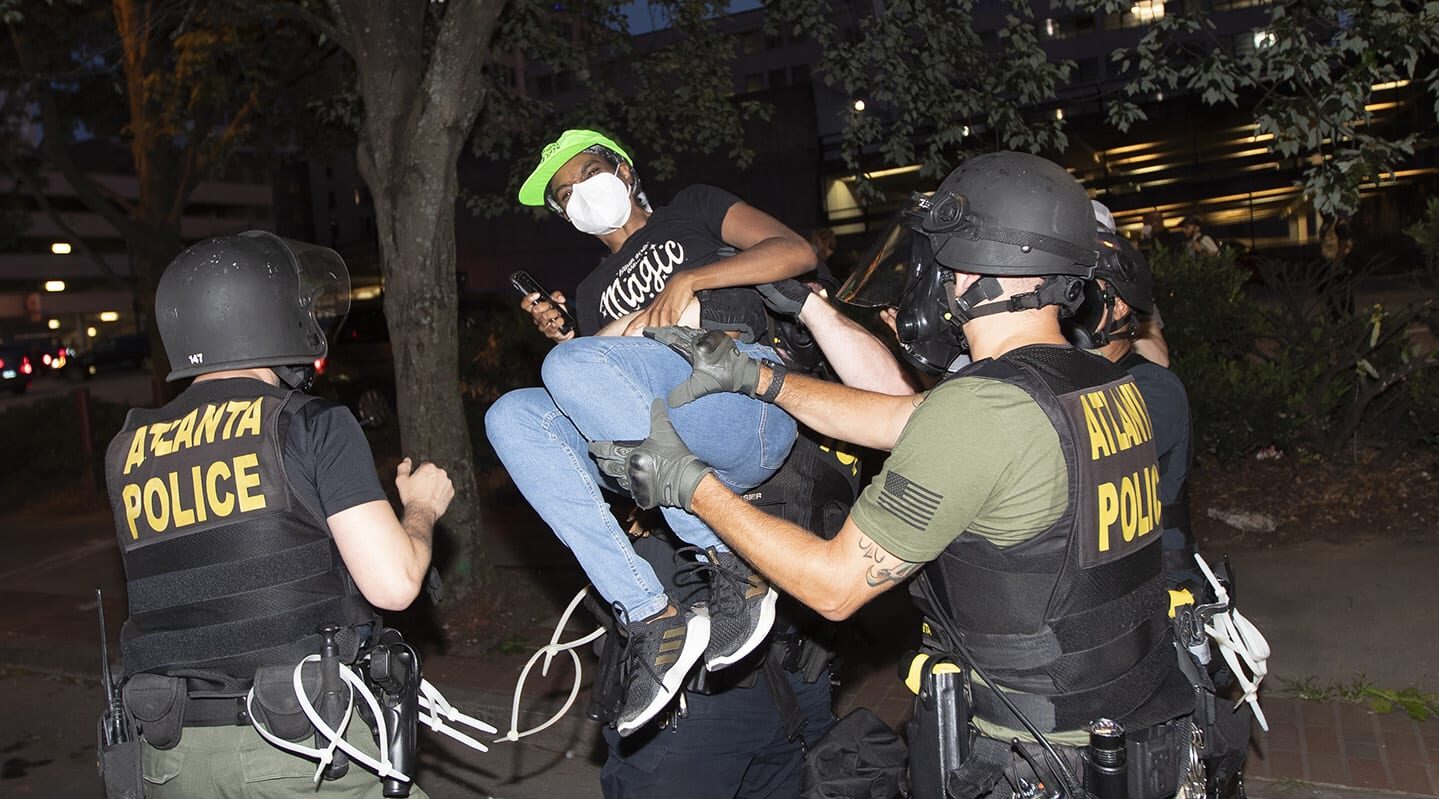
The World is Watching: Mass Violations by U.S. Police Of Black Lives Protesters’ Rights

Use of Force: Policing in the United States

MAPPING POLICE VIOLENCE
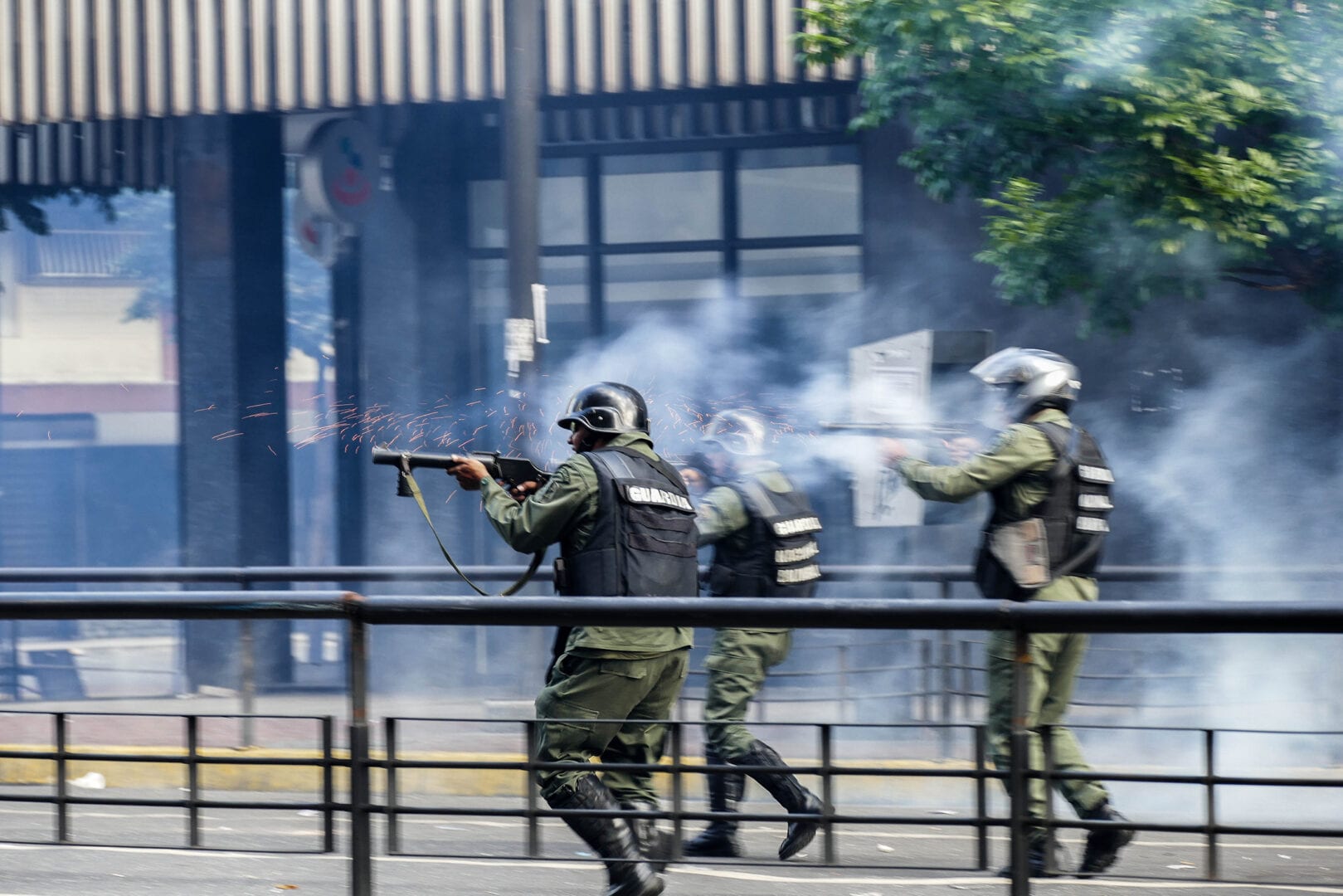
TEAR GAS : AN INVESTIGATION
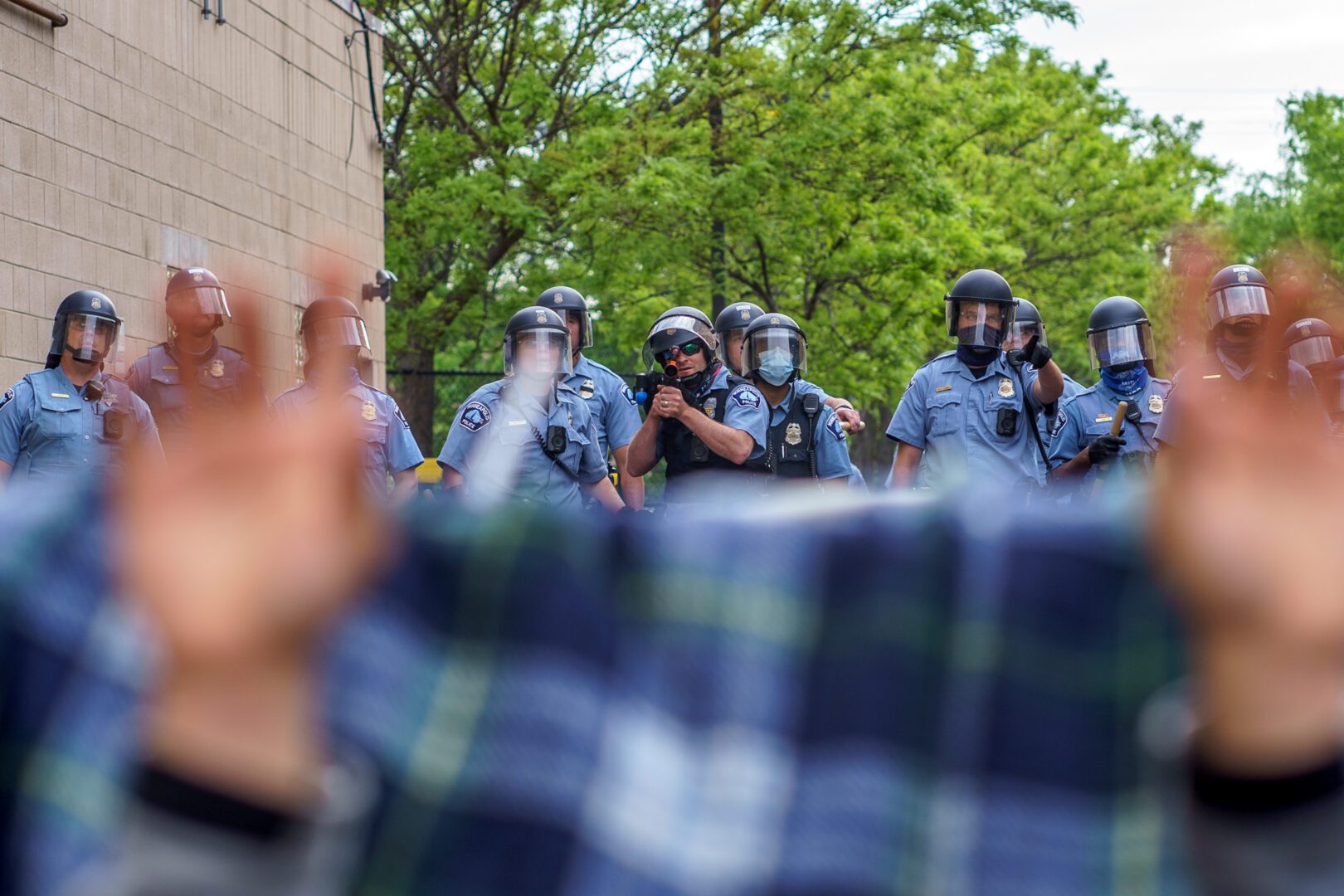
Use of Lethal Force

GUIDANCE FOR LAW ENFORCEMENT
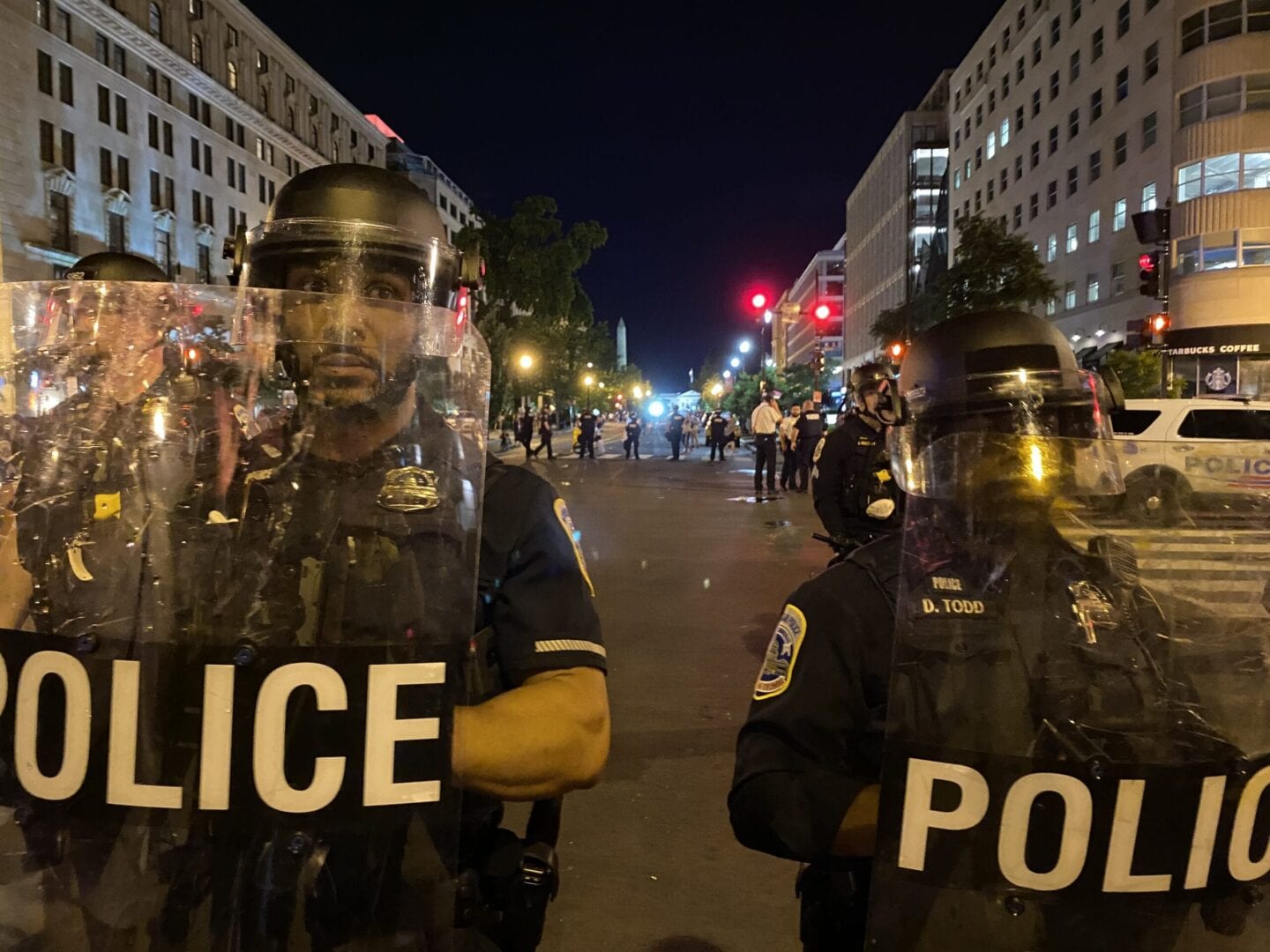
DEADLY FORCE: POLICE USE OF LETHAL FORCE IN THE UNITED STATES
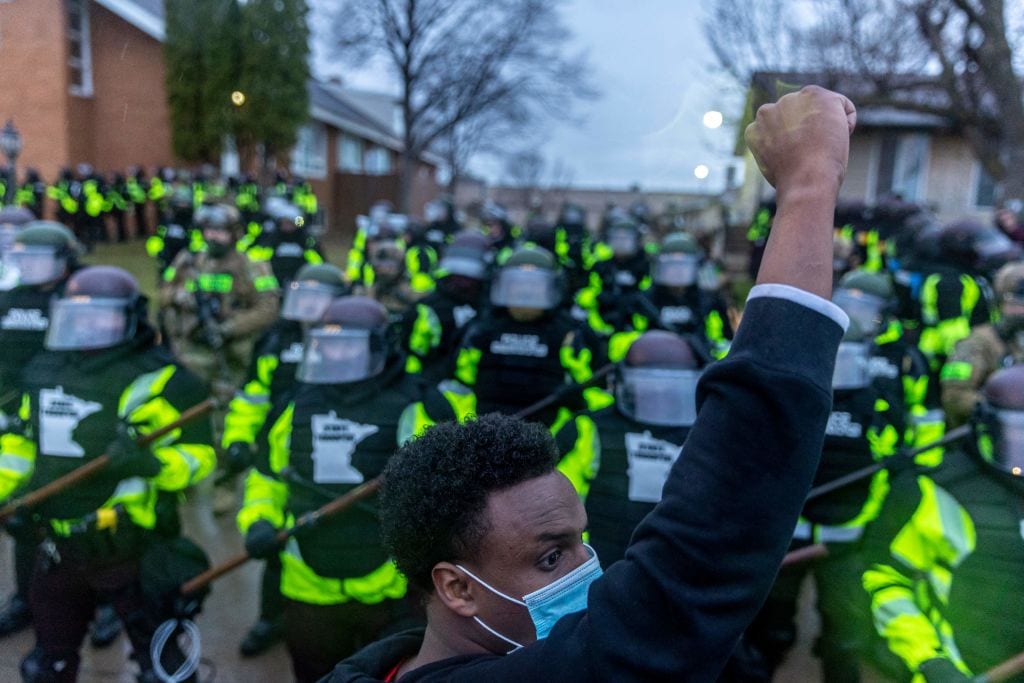
Blunt Force: Investigating the Misuse of Police Batons and Related Equipment
CHANGE IS POSSIBLE
These four critical steps could make everyone safer:
- Congress and all 50 states should pass laws to limit the use of lethal force
- The Department of Justice should collect and publish data on people killed by police
- All cases of police use of lethal force should be independently, impartially and transparently investigated
- The Department of Justice should conduct oversight of law enforcement agencies that have violated people’s human rights
AMNESTY IN ACTION
- We advocate for change at the federal level, limiting force, demilitarizing the police, stronger anti-discrimination laws and data collection.
- We support coalitions that come together to respond to individual shootings. In some cases, we provide research, observers, and activism support. See our activist resources on lethal force.
- We conduct research that helps identify the nature of the problem and the need for reform. Read our report on the lack of standards for police use of lethal force in the U.S.
- We mobilize grassroots activists to pass laws that help save lives.
Learn More
Police use of lethal force
Approximately 1,000 people are shot and killed by police every year in the United States, but nobody knows the exact number because the federal government does not collect this data. According to The Washington Post, 1,003 people were shot and killed by police in 2019 alone.
Lack of standards
Several fundamental human rights are involved when police use lethal force: the rights to life, security of the person, freedom from discrimination, and equal protection under the law. The U.S. has a legal obligation to protect these rights. Police officers should use lethal force only as a last resort to protect against imminent death or serious injury.
In 2015, Amnesty International issued a groundbreaking report that found that all 50 states and the District of Columbia failed to comply with international law and standards on the use of lethal force by police. There are not adequate laws on the books to prevent unlawful use of lethal force or to hold police accountable for using it.
REPORTS & RESOURCES
- Coalition Letter Urging Congress Against Strengthening Qualified Immunity and Limiting Employer Liability for Law Enforcement Agencies
- Amnesty International USA: Organizations Across Ideological Spectrum Call for Government Accountability
- Amnesty International USA: Statement to Maryland House Judiciary Committee, February 9 Bill Hearing, Law Enforcement Officer – Use of Force, HB 139
- Letter to Congress:“Why We Can’t Wait” for Congress to pass HR. 40
- Report: Deadly Force: Police Use of Lethal Force in the United States
- Report: On the Streets of America: Human Rights Abuses in Ferguson
- Guidance: Best Practices for Law Enforcement Policing Demonstrations
- Guidance: Tips for Peaceful Protesting
- Article: What is police brutality?
- Letter to Congress: Federal Policing Priorities
- Letter to Congress: PEACE Act Coalition Letter
- Amnesty International USA Statement to Maryland Senate, Judicial Proceedings Committee: Bill Hearing on Police Accountability and Law Enforcement Reform, Use of Force
- AIUSA joins 44 organizations to urge DOJ to reconsider case against U.S. Park Police officers who killed Bijan Ghaisar
Human Rights FrameWork
-
THE RIGHT TO STAY ALIVE
The right to stay alive—to not be killed—is fundamental. It is the right that makes all of your other human rights possible.
It is the utmost obligation of police to respect and preserve the right to stay alive. Lethal use of firearms may only be justified when it’s “strictly unavoidable in order to protect human life.”
-
THE RIGHT TO SECURITY
You have the right to a reasonable expectation of safety.
You should not have to fear for your life when interacting with police—and we need robust laws that create an environment of accountability to make that possible.
-
FREEDOM FROM DISCRIMINATION
“At times, the police exercise higher levels of violence against certain groups of people, based on institutional racism or
ethnic discrimination.”
– United Nations officialsYou should not be treated differently by law enforcement because of the color of your skin. You have the right to equal treatment under the law—and that includes not having lethal force used against you.
-
THE RIGHT TO FREE EXPRESSION AND ASSEMBLY
Deadly force should only be used as a last resort, and yet there are currently nine states that permit the use of lethal force in order to “suppress a riot”.
Law enforcement’s role should be to facilitate peaceful protests, not to escalate tensions with the demonstration or exercise of force.
If some protestors engage in violent actions, this does not turn the otherwise peaceful protest into a non-peaceful assembly. In such a situation, police should not use the violent acts of a few to restrict the rights of a majority.
LIVES LOST
Learn their stories. Say their names.
STEPHON CLARK, March 18, 2018
In March of 2018, Stephon Clark, a 22-year old unarmed black man, was shot and killed by police in his grandmother’s backyard in Sacramento, California. Police fired 20 shots, hitting him eight times, presuming he had a weapon. All he was carrying was his cell phone.
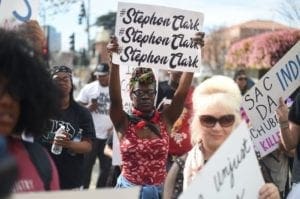
Footage, both from aerial cameras and a body camera,
depict a use of lethal force that may be in breach of international law and standards. Amnesty International called for an investigation that is thorough, transparent and impartial.
The killing of Stephon Clark sparked the state of California to act. In 2019 the state passed a more restrictive use of force law due to the dedication of families directly impacted by police violence and a diverse coalition of organizations, including Amnesty International USA, to back them up.
MICHAEL BROWN, August 4, 2014
In 2014, an 18-year-old, unarmed black man named Michael Brown was shot six times by a white police officer in Ferguson, Missouri. The incident sparked local and national protests. Along with the deaths of Tamir Rice, Natasha McKenna, Eric Garner, and many others, it also set off a long-overdue national conversation about race, policing, and justice.
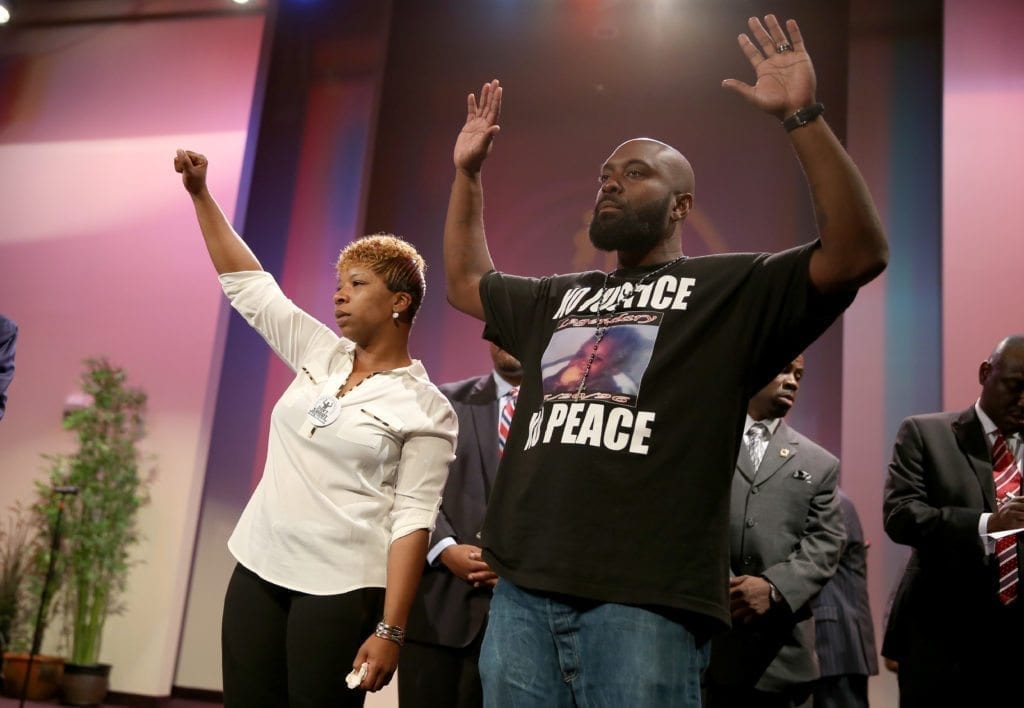
Amnesty International deployed a delegation to Ferguson, some of whom worked with community members while others monitored the police response to the protests. Two months later, Amnesty International issued a report detailing the human rights implications of Brown’s shooting, as well as the failure of police to protect people’s right to protest peacefully in the aftermath of the shooting.
The City of Ferguson agreed to some reforms and training for police officers, but has been negotiating for years with the federal government over the terms of those changes. A bill to limit police use of lethal force advanced in the Missouri State Legislature, but ultimately has yet to pass.
REKIA BOYD, march 21, 2012
Rekia Boyd, an unarmed 22 year-old Black woman, was shot and killed by Chicago police officer Dante Servin on March 21, 2012. Servin was off-duty when he used an unregistered handgun to fire five shots at Rekia Boyd and three of her friends from his car.
The fatal incident occurred at approximately 1 a.m., when the group was making its way home from a party. Dante Servin asked the two women and two men to quiet down and an exchange of words followed. According to the prosecutors, the group had started to walk again when Dante Servin fired five rapid shots out of his car window,
striking Rekia Boyd in the back of her head and one of her friends’ hands.
Dante Servin argued that he thought that one of the men in the group had pulled a gun, but no weapon was recovered by the police and it later transpired that the officer had mistaken the man’s cellphone for a weapon.
Dante Servin was charged with involuntary manslaughter, reckless discharge of a firearm, and reckless conduct but cleared of all charges in April 2015. In a directed verdict, the judge ruled that the state had failed to prove recklessness since “the act of intentionally firing a gun at some person or persons on the street is an act that is so dangerous it is beyond reckless; it is intentional and the crime, if any there be, is first degree murder,” rather than involuntary manslaughter. In 2013, the city of Chicago settled a lawsuit with Rekia Boyd’s family for $4.5 million.
Antonio Zambrano-Montes, february 10, 2015
Antonio Zambrano-Montes, 35, a Mexican father of two, was shot and killed by police officers in Pasco, Washington. A video capturing the fatal incident shows Antonio Zambrano-Montes running from three police officers across a busy intersection, with police officers opening fire as Antonio Zambrano-Montes started to cross the road and was raising his hands.
The police officers chased after Antonio Zambrano-Montes onto the sidewalk and, facing him, discharged several further shots. Of the 17 bullets aimed at Antonio Zambrano-Montes, five to six struck him, causing his death.
Investigators have confirmed that Antonio Zambrano-Montes was unarmed at the time of the shooting, although the officers contend that he had thrown rocks at them and traffic, and was holding another in his hand. The officers, who were responding to a 911 call, also allege that they had attempted to subdue Antonio Zambrano-Montes with a Taser prior to opening fire at him.
Zambrano-Montes’ family has filed a lawsuit against the city following his death. Antonio Zambrano-Montes who grew up in Mexico, had come to the United States about a decade ago to pursue fruit orchards work.
CALLS FOR ACCOUNTABILITY
- Rochester Chief of Police re. Pepper Spraying of Nine-Year-Old
- Vallejo Chief of Police re. Killing of Sean Monterrosa
- Minneapolis Chief of Police re. Killing of George Floyd
- Sacramento Chief of Police re. Shooting of Stephon Clark
- Indianapolis Police Chief re. Shooting of Dreasjon “Sean” Reed
- FBI Assistant Director re. Shooting of Bijan Ghaisar
- Kentucky Attorney General Daniel Cameron re. Killing of Breonna Taylor
- Los Angeles Sheriff re Killing of Dijon Kizzee and Arrest of Josie Huang
- Philadelphia Commissioner and District Attorney re Killing of Walter Wallace, Jr.
- Minnesota Bureau of Criminal Apprehension re Killing of Daunte Wright
